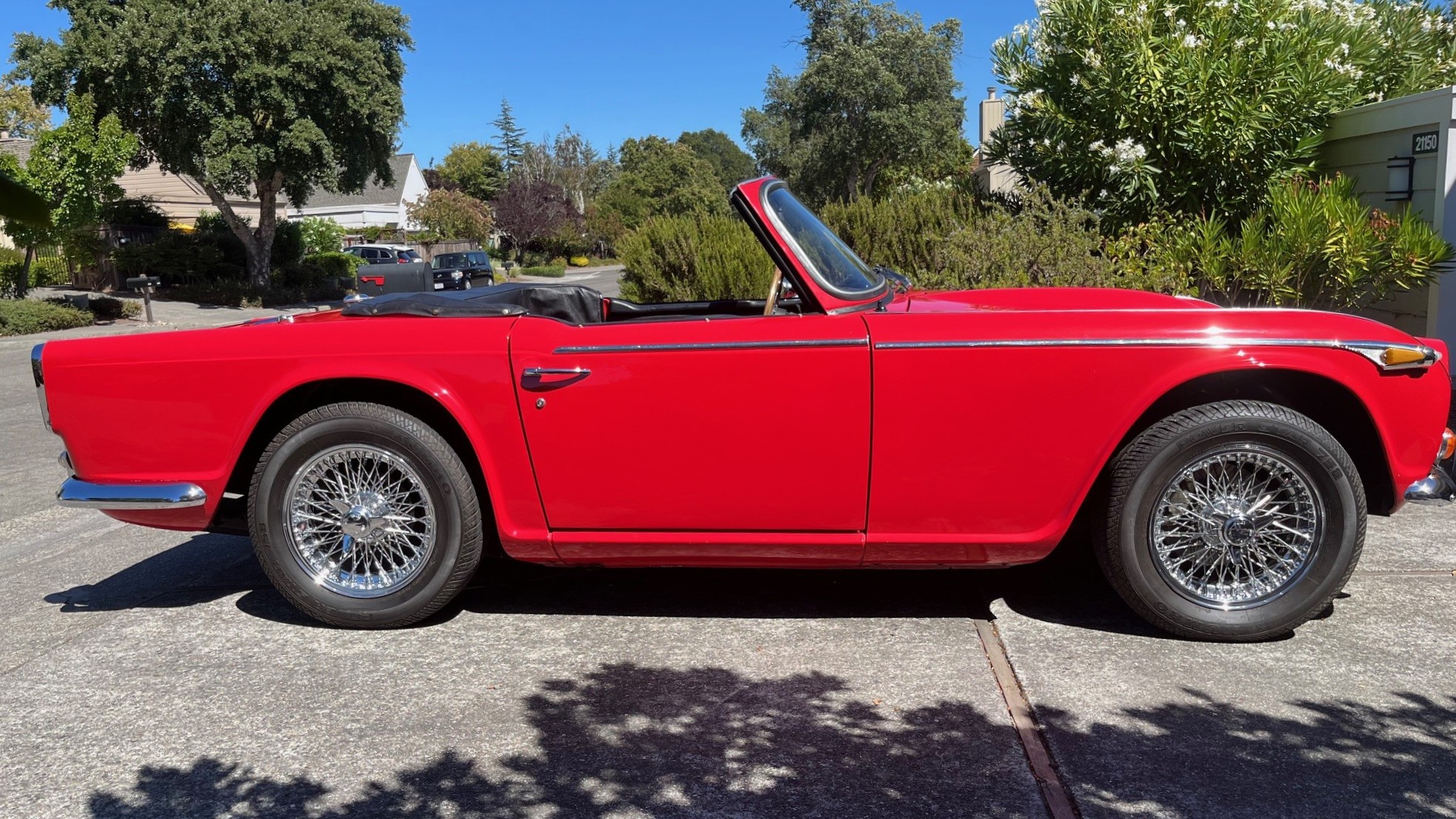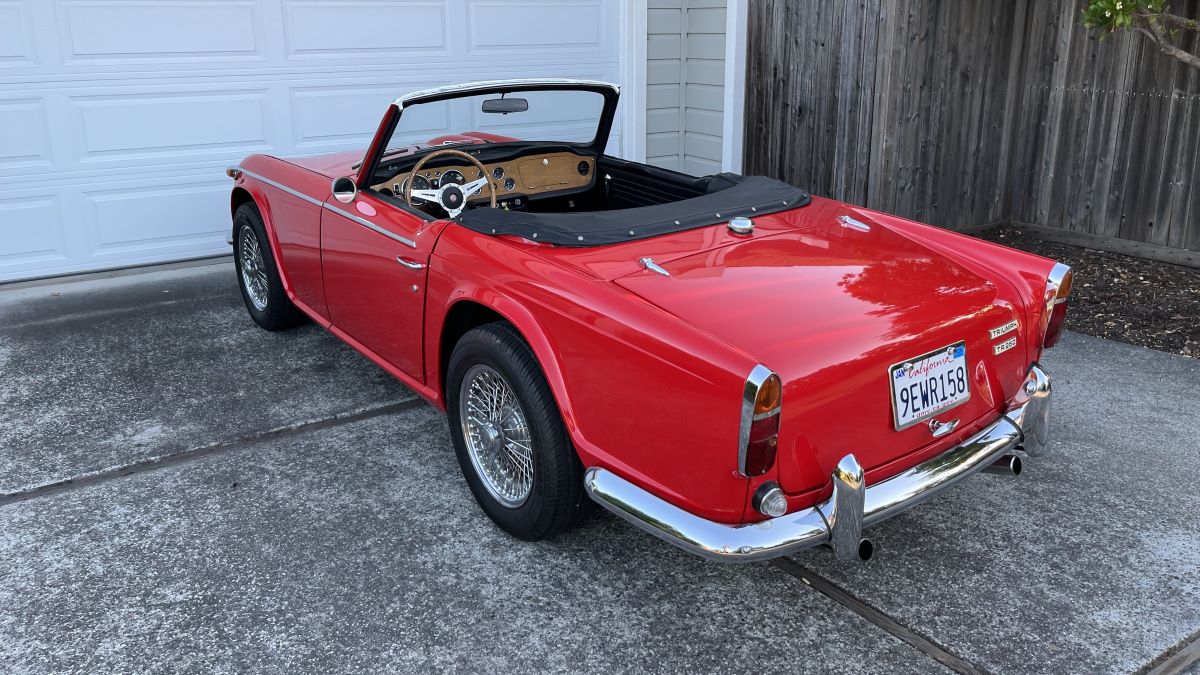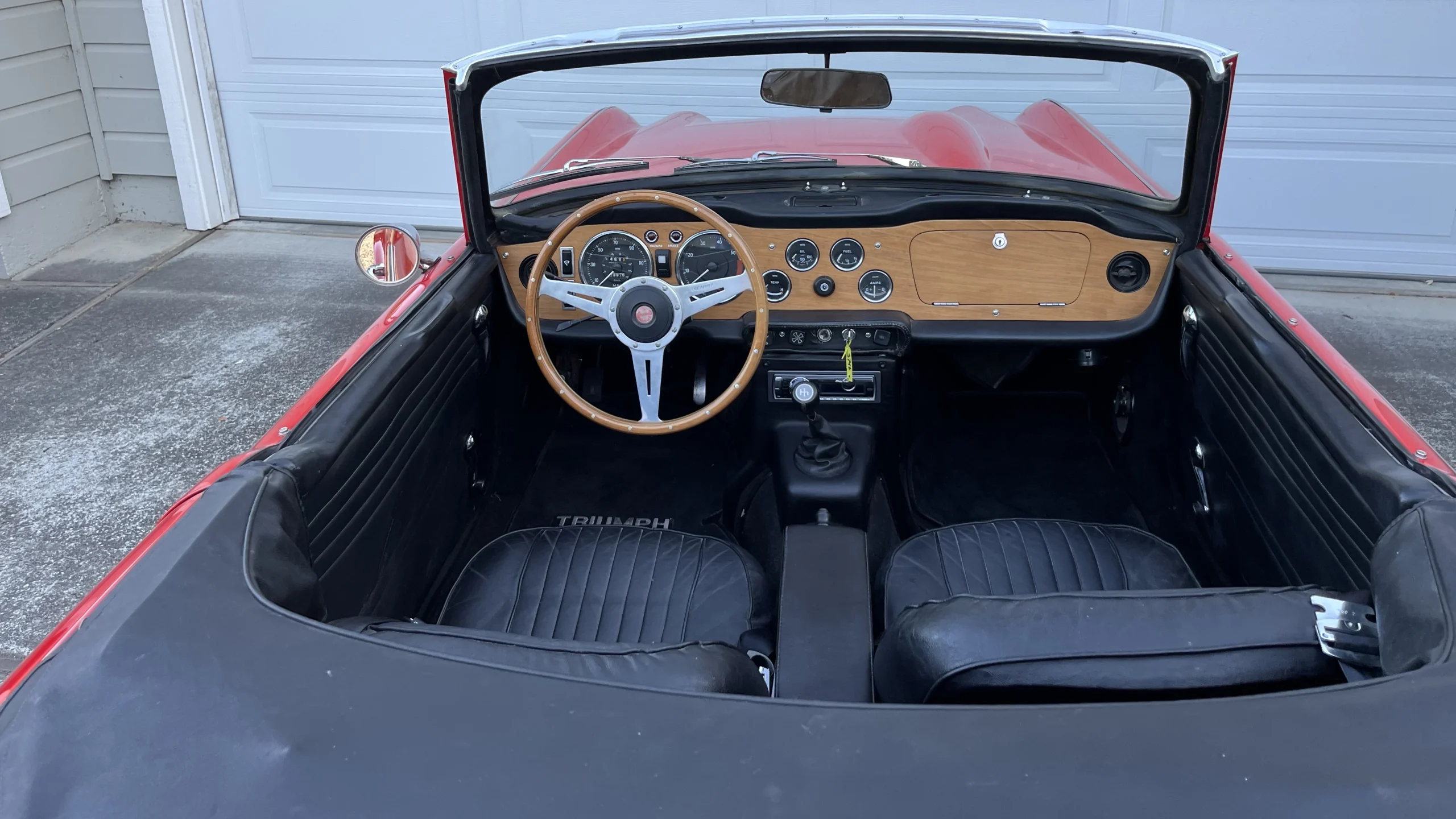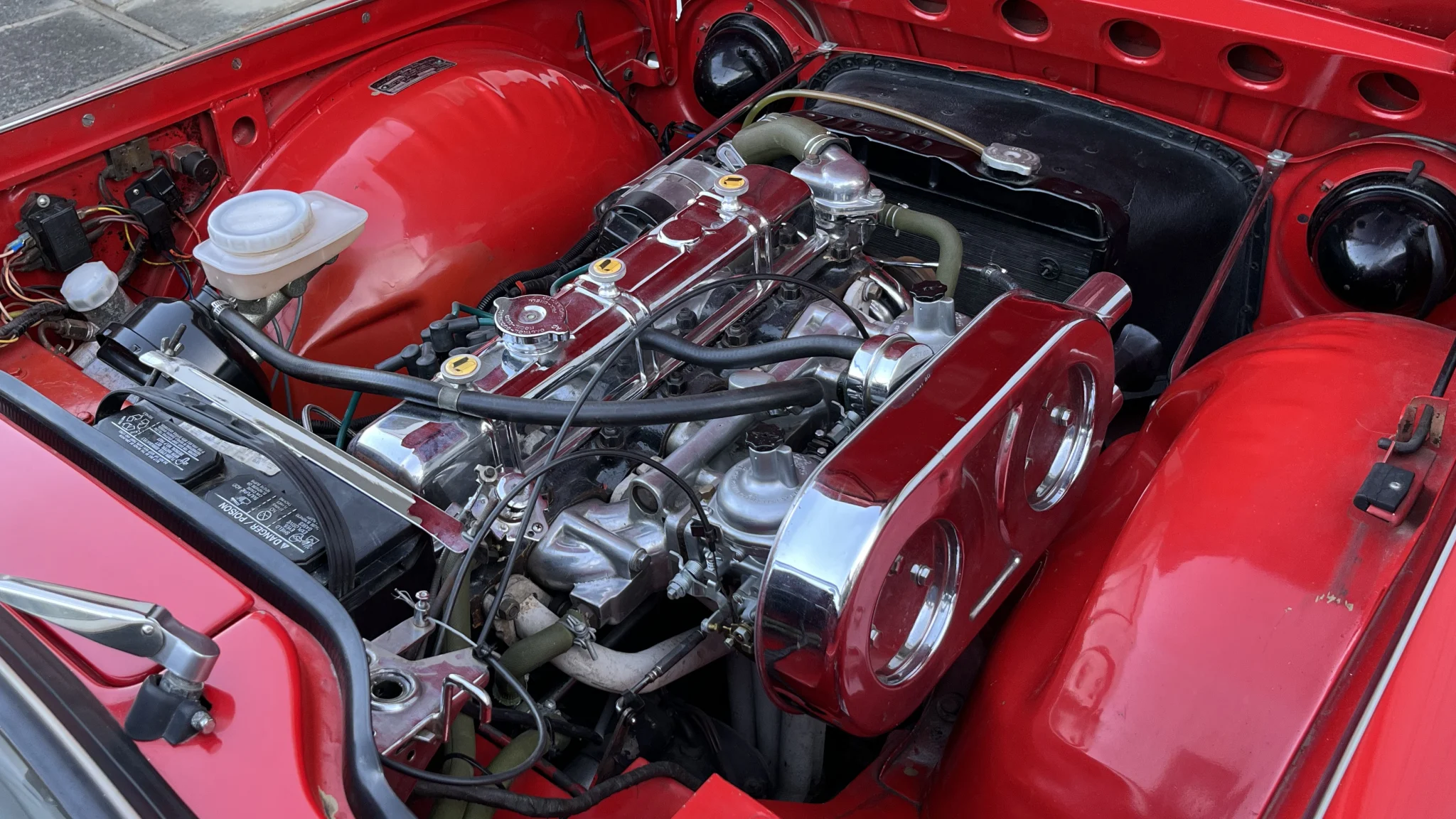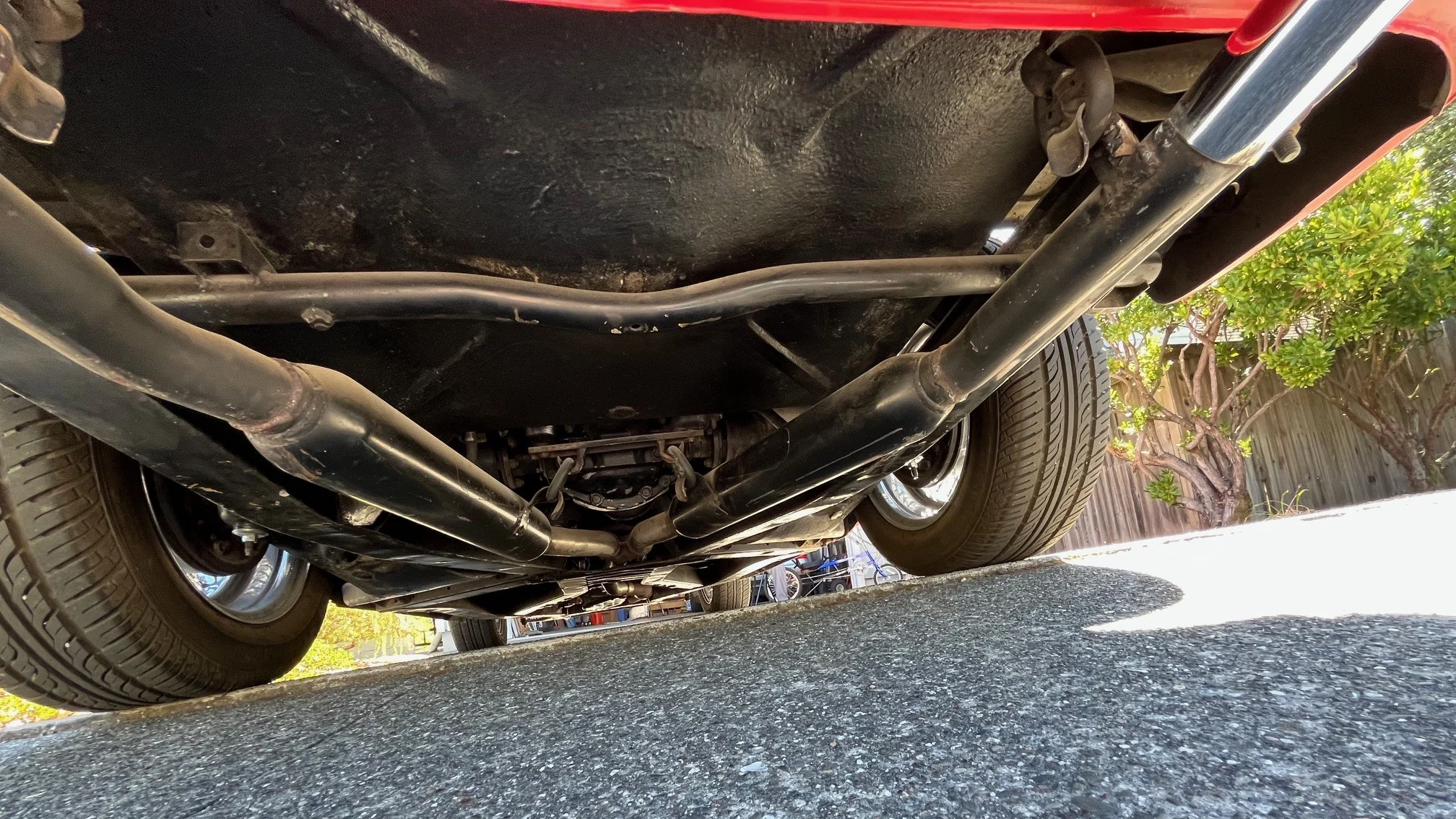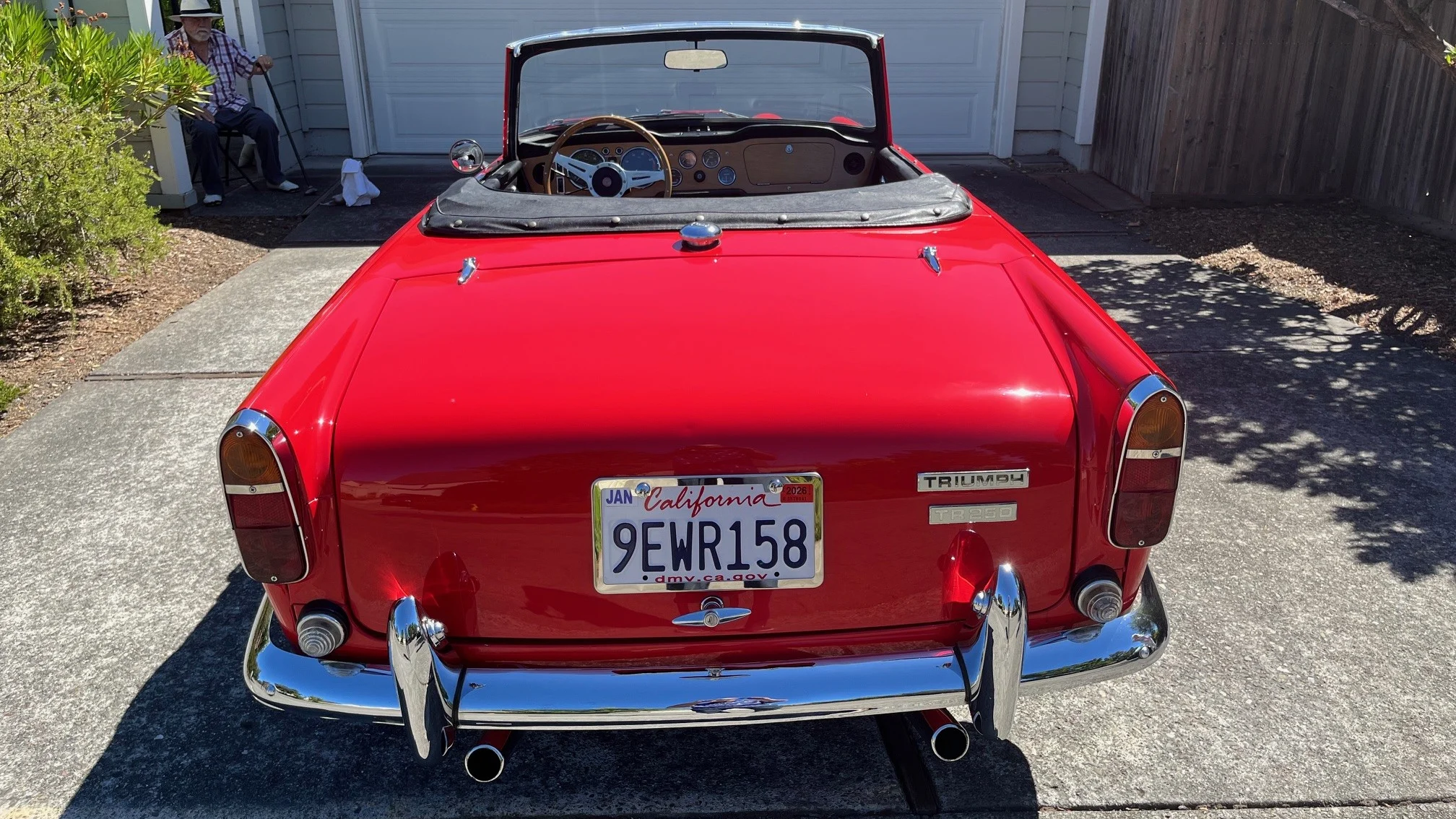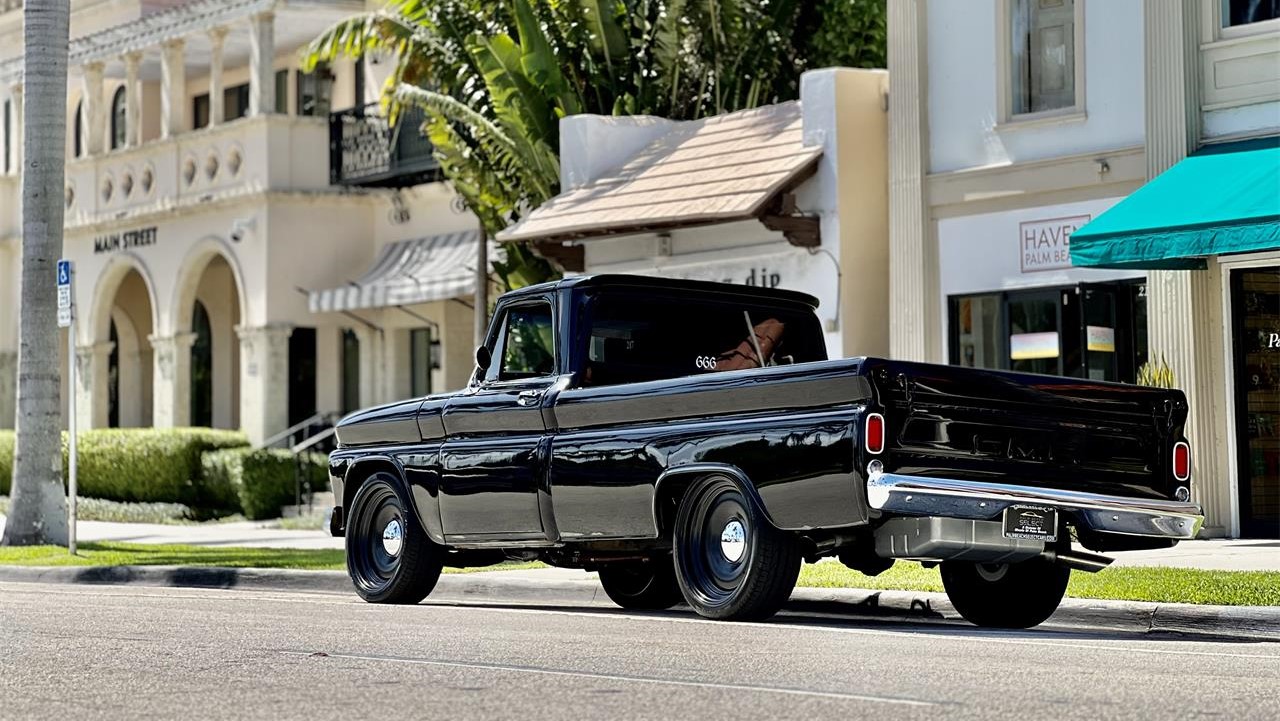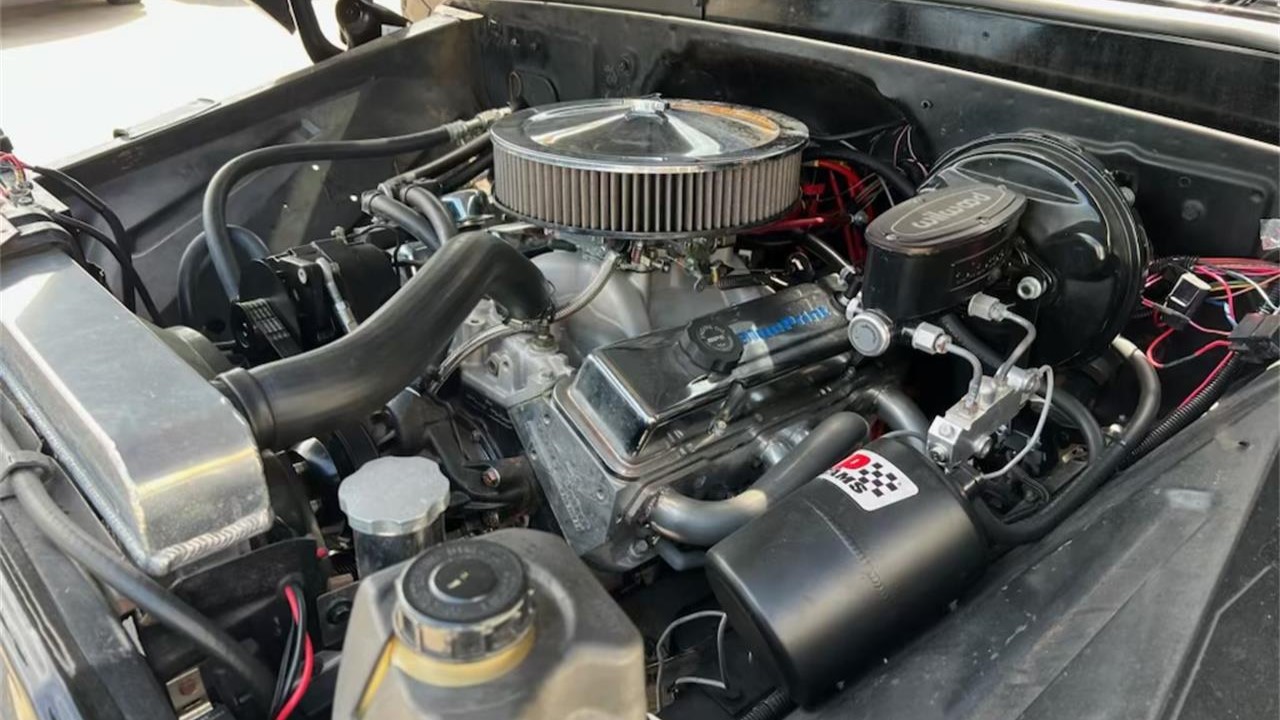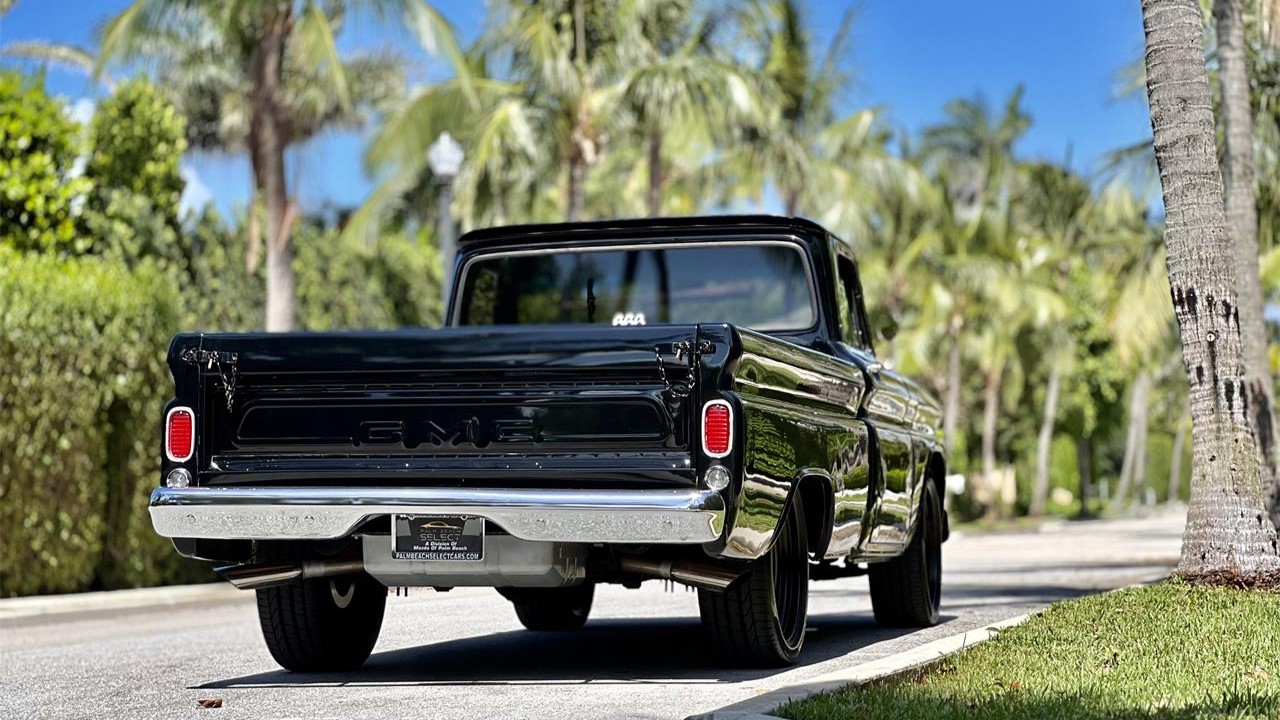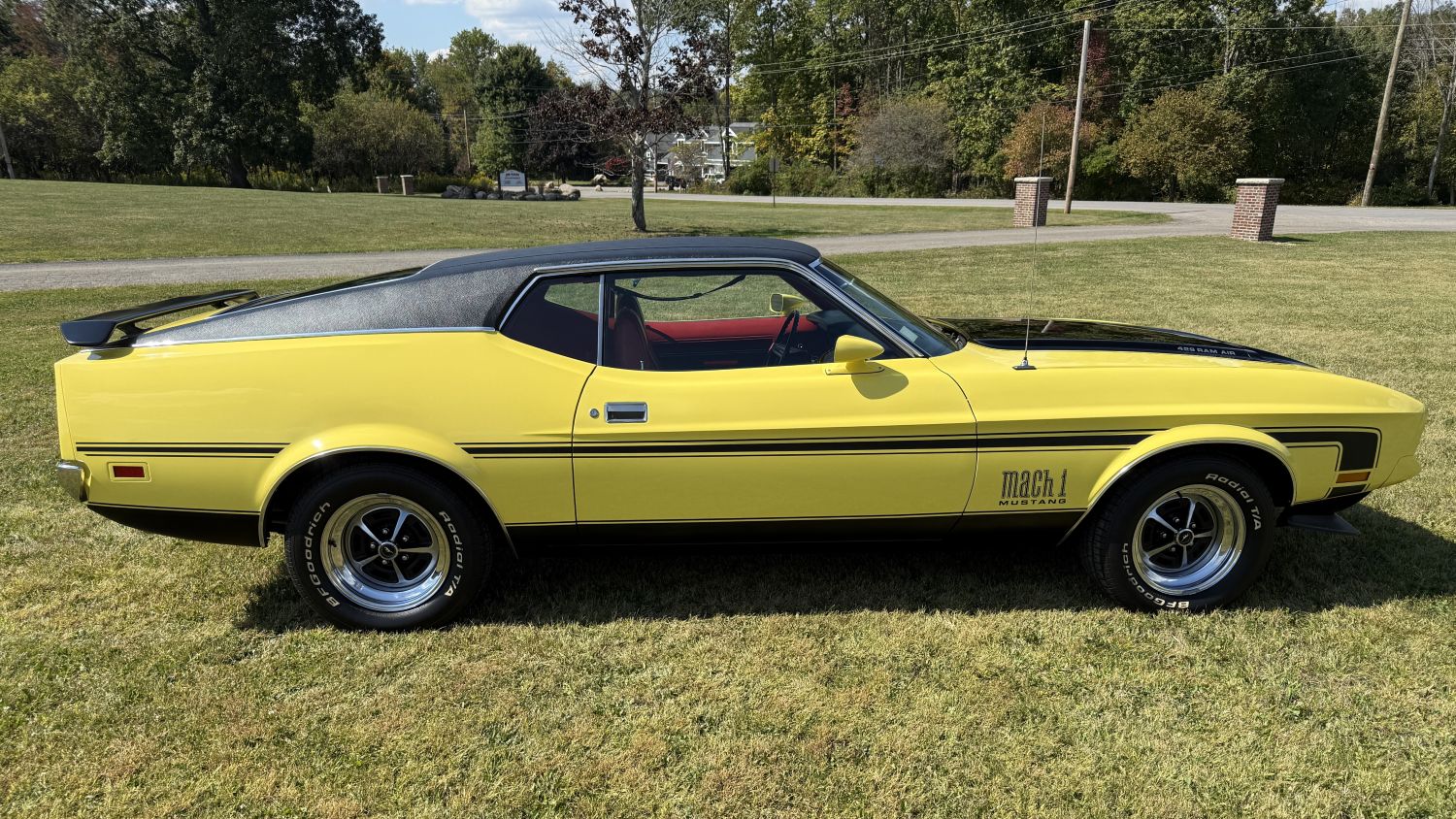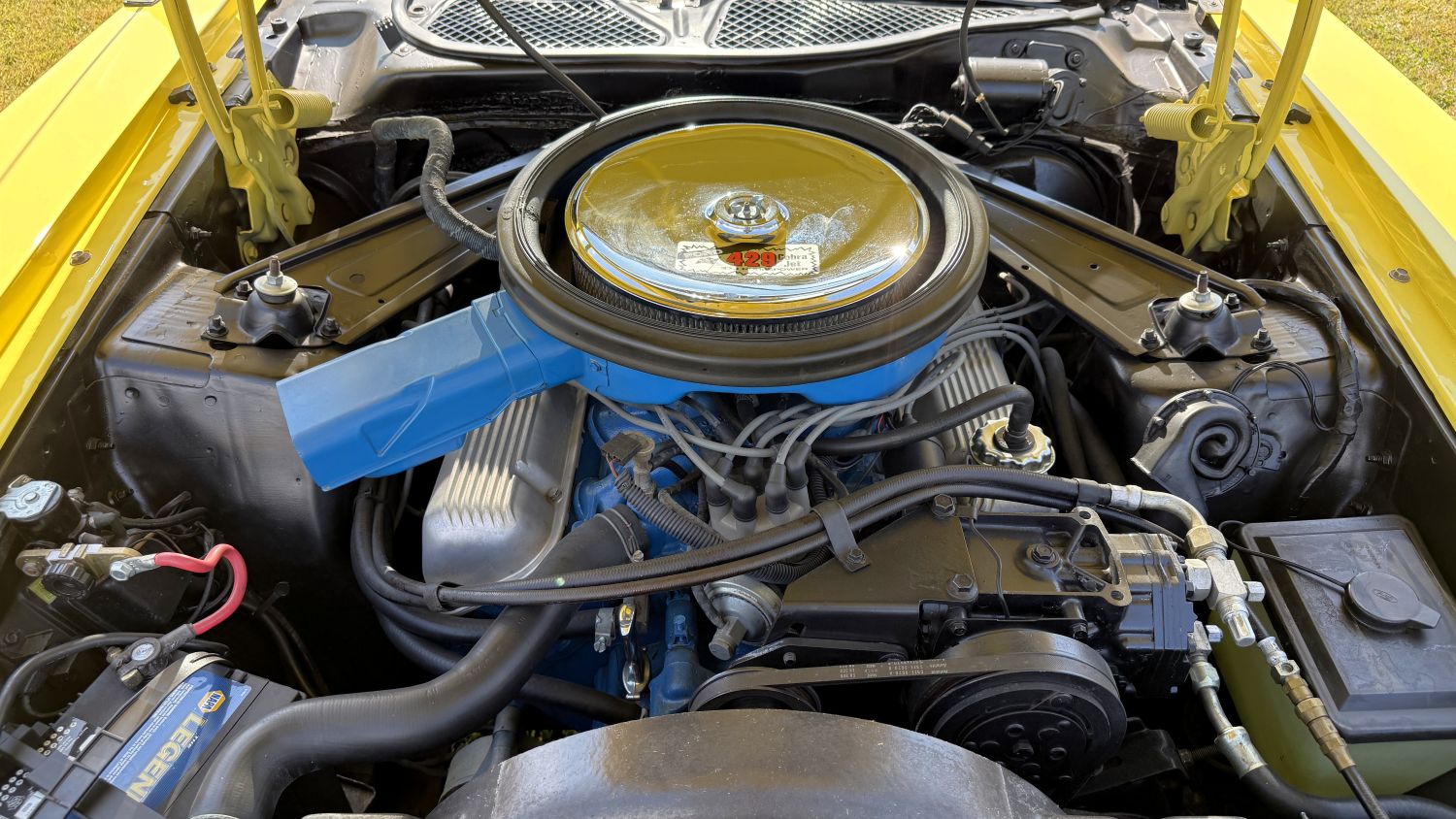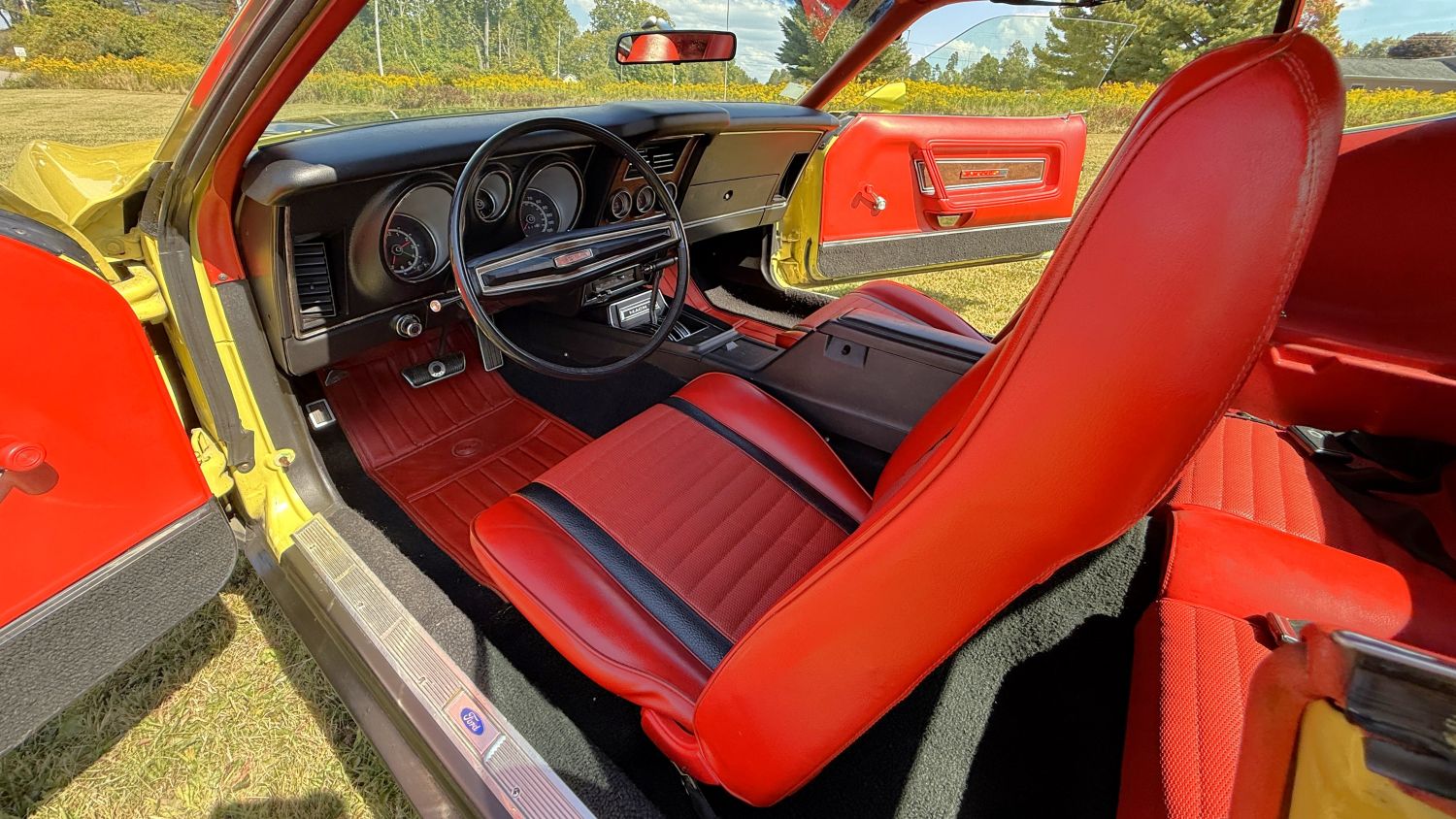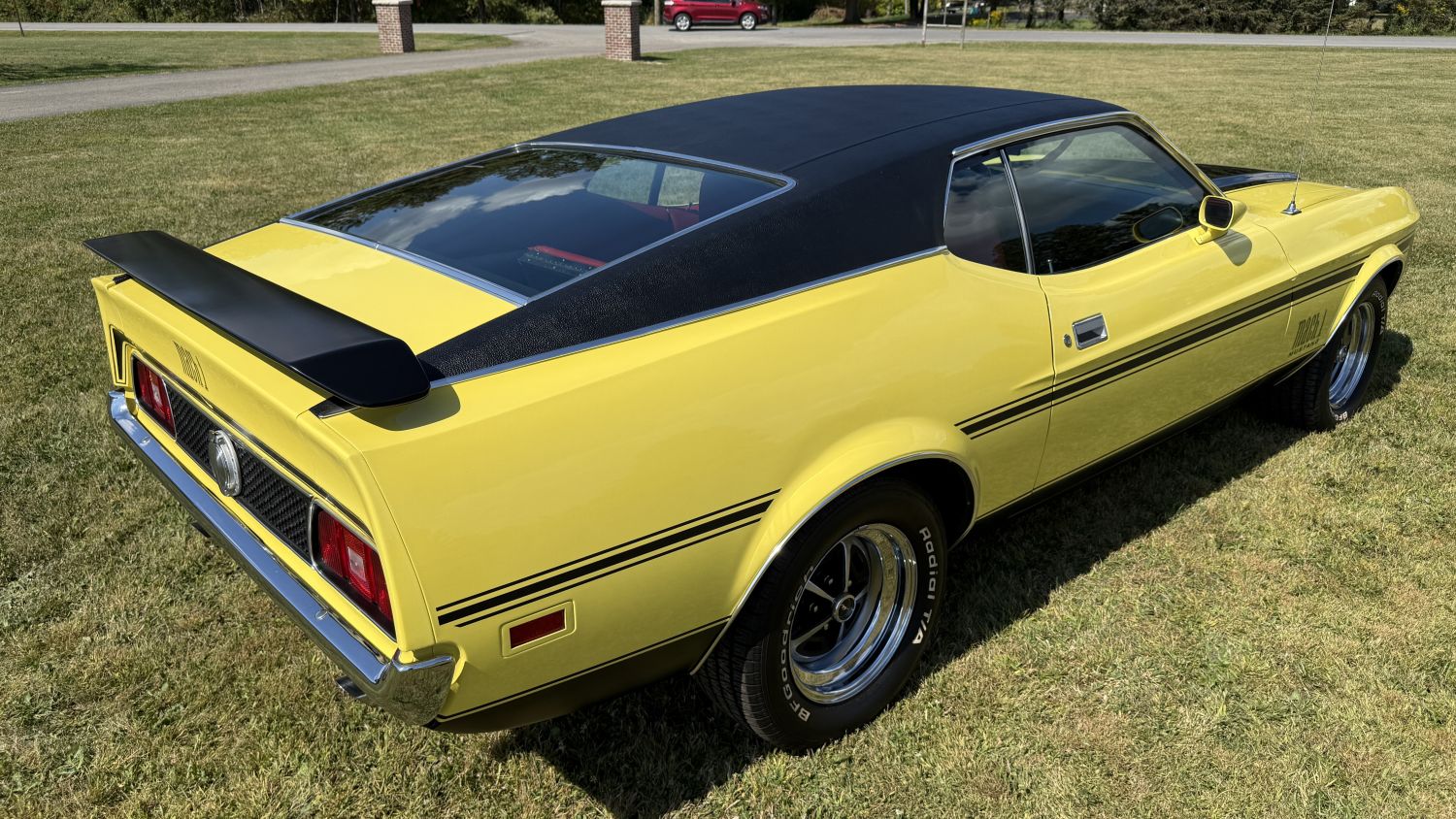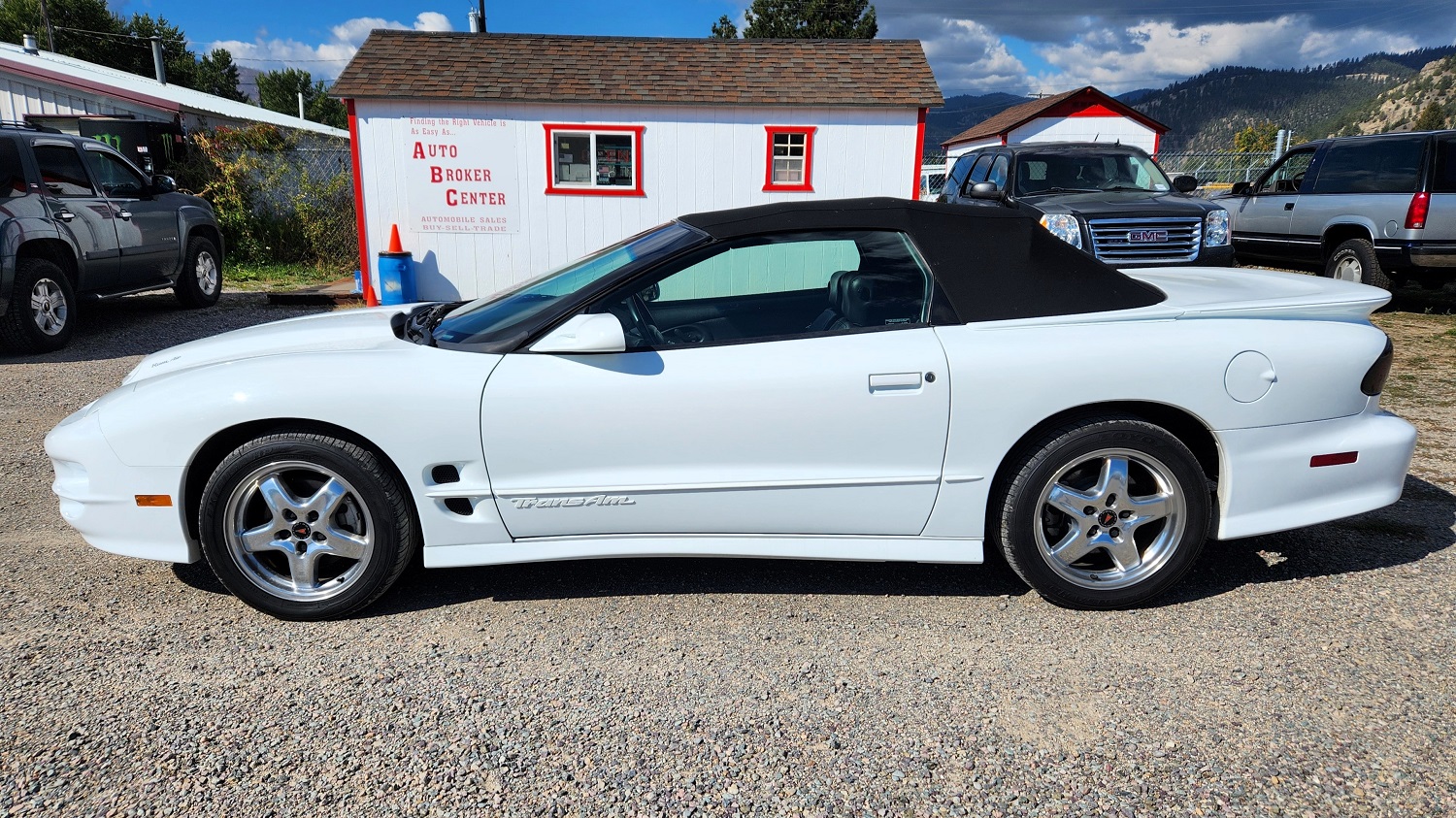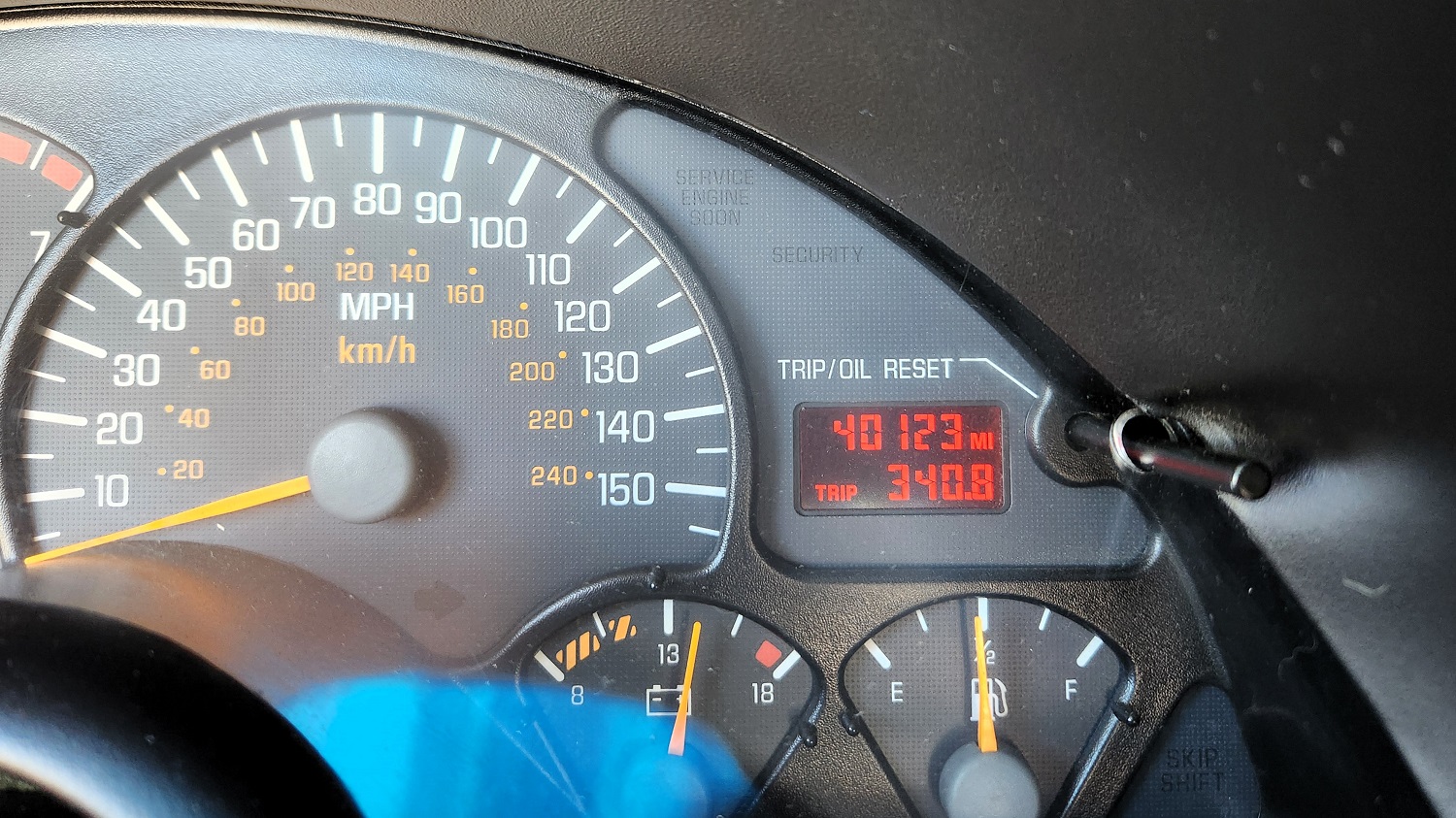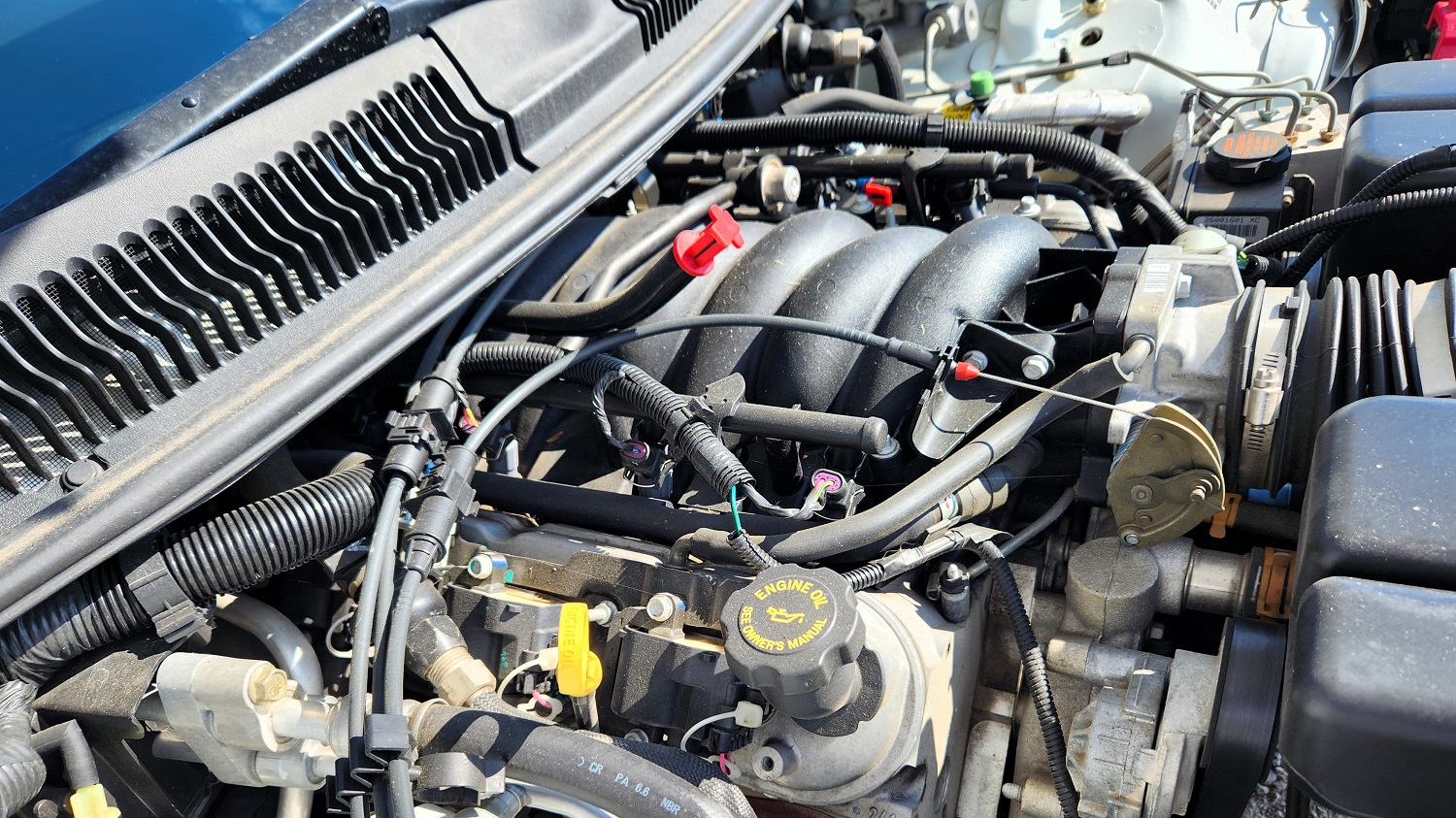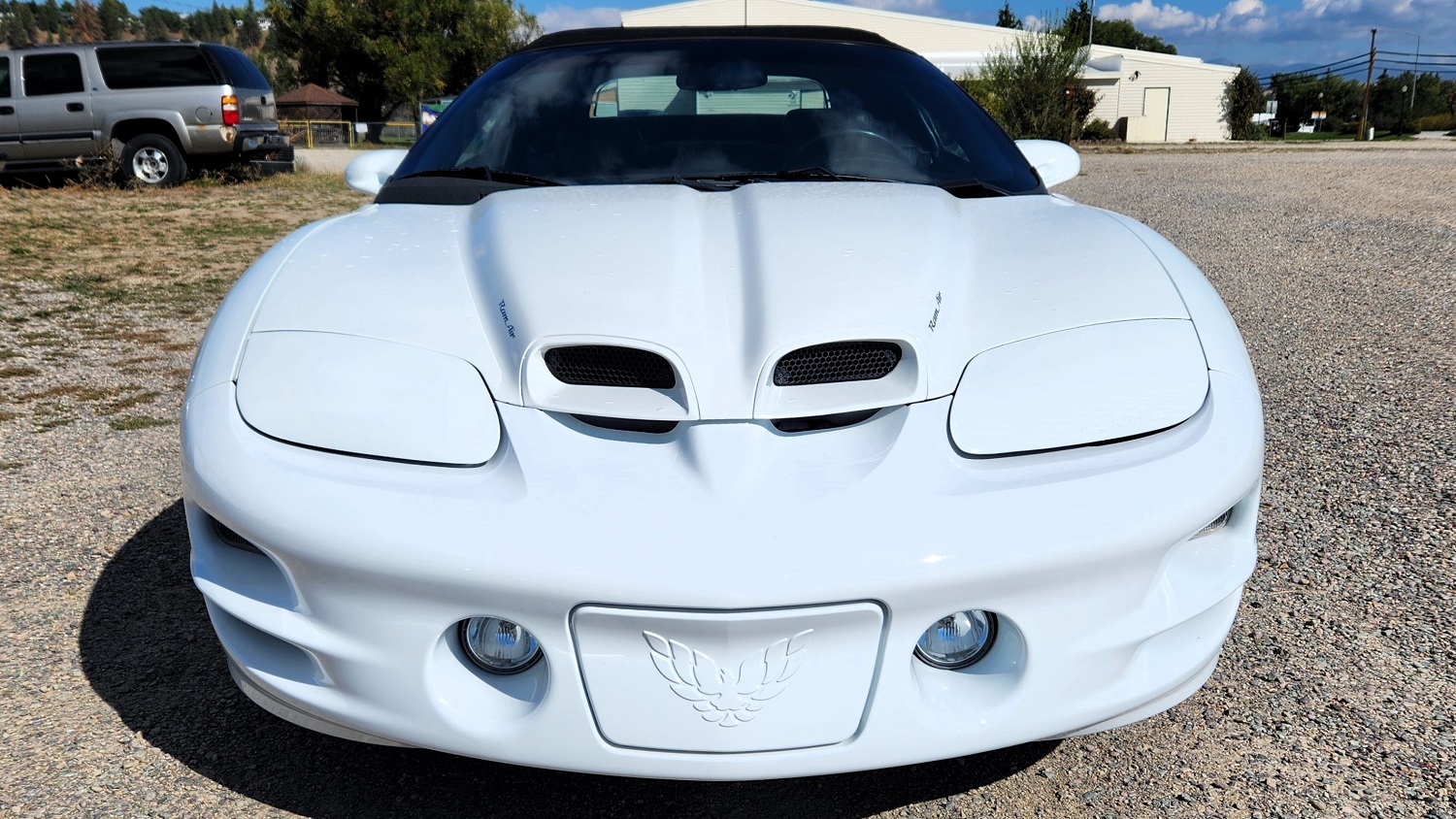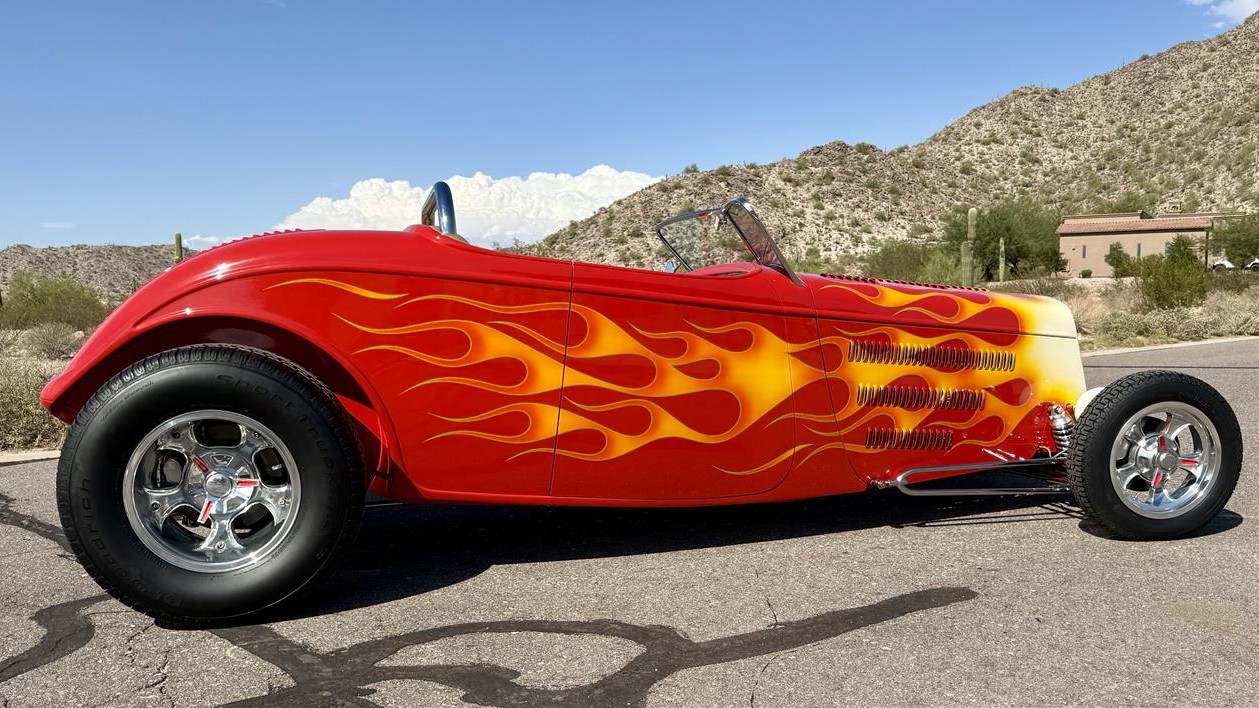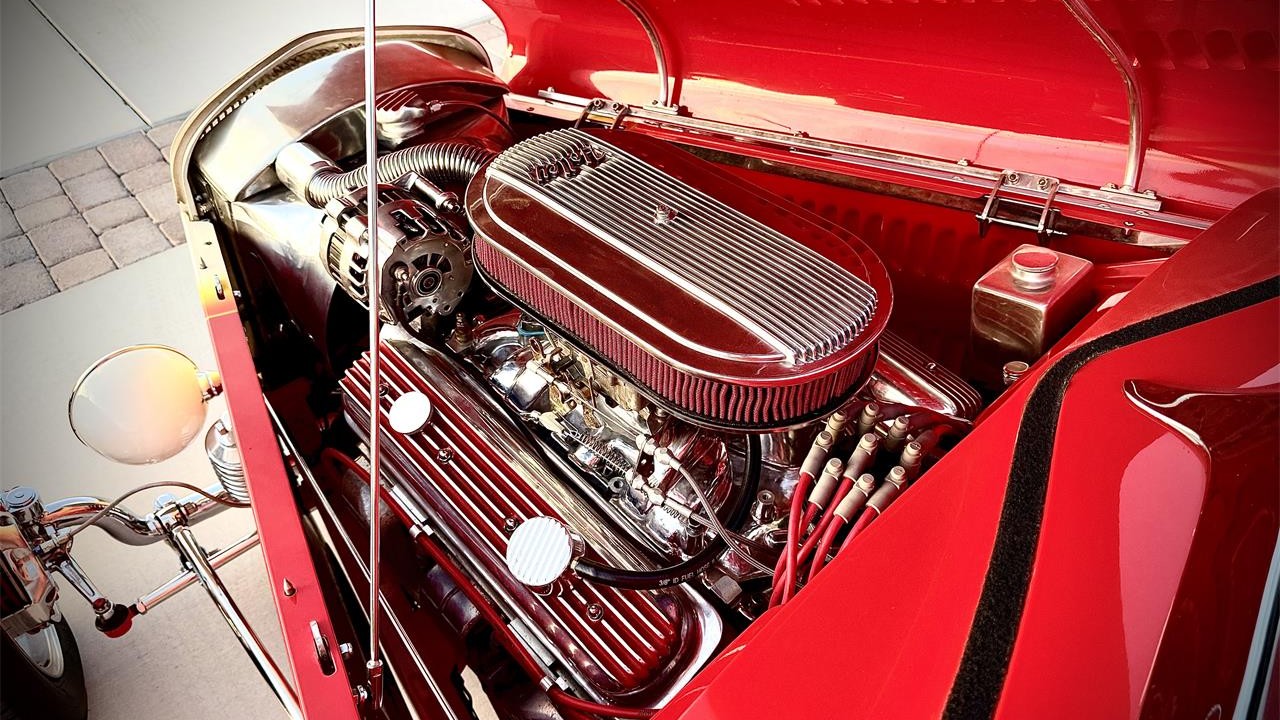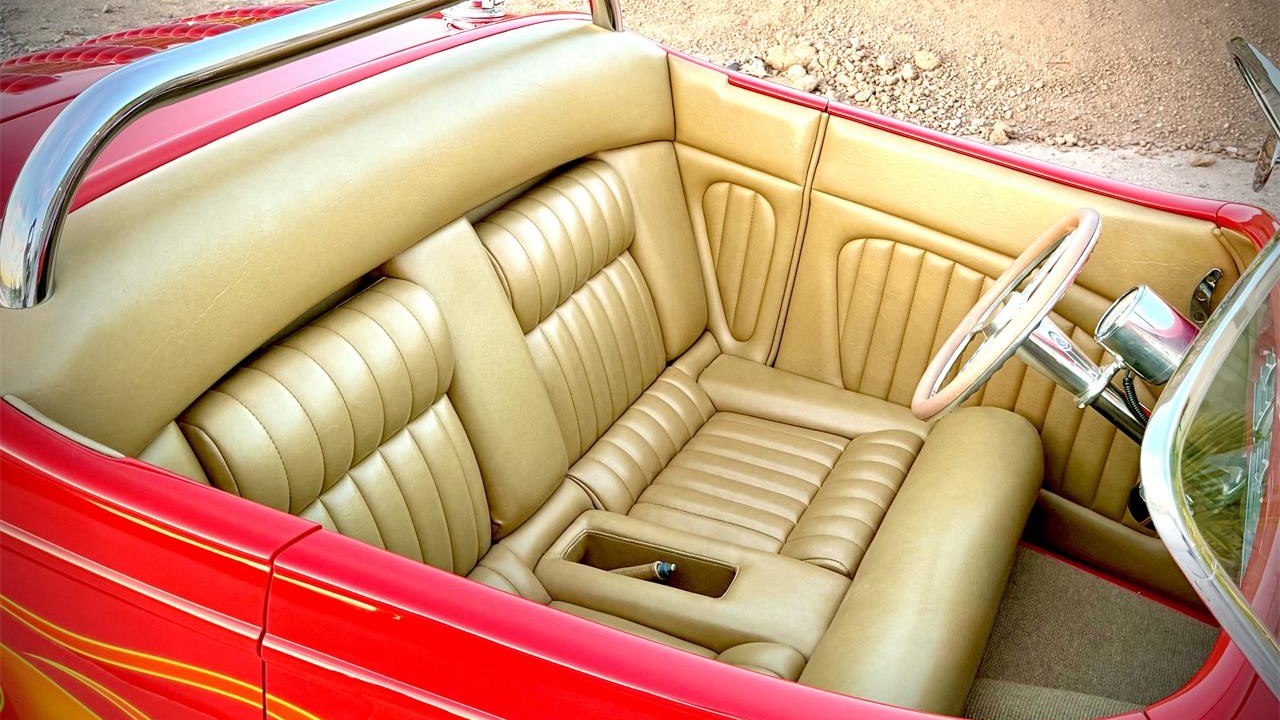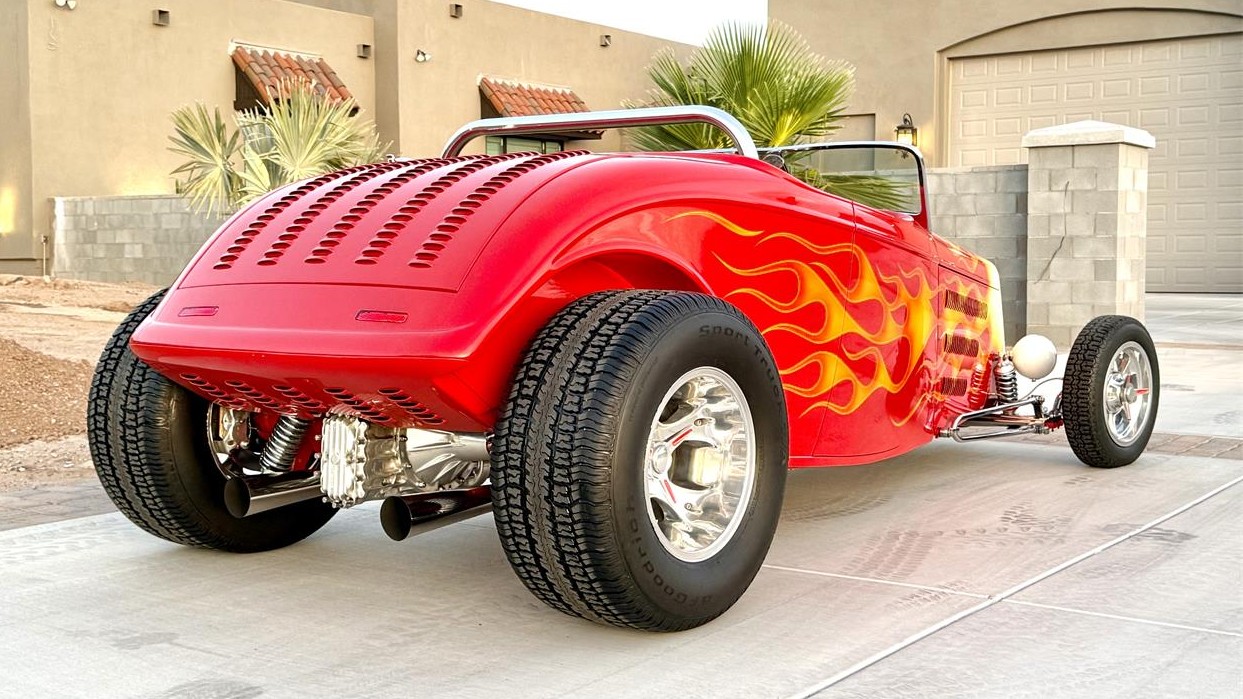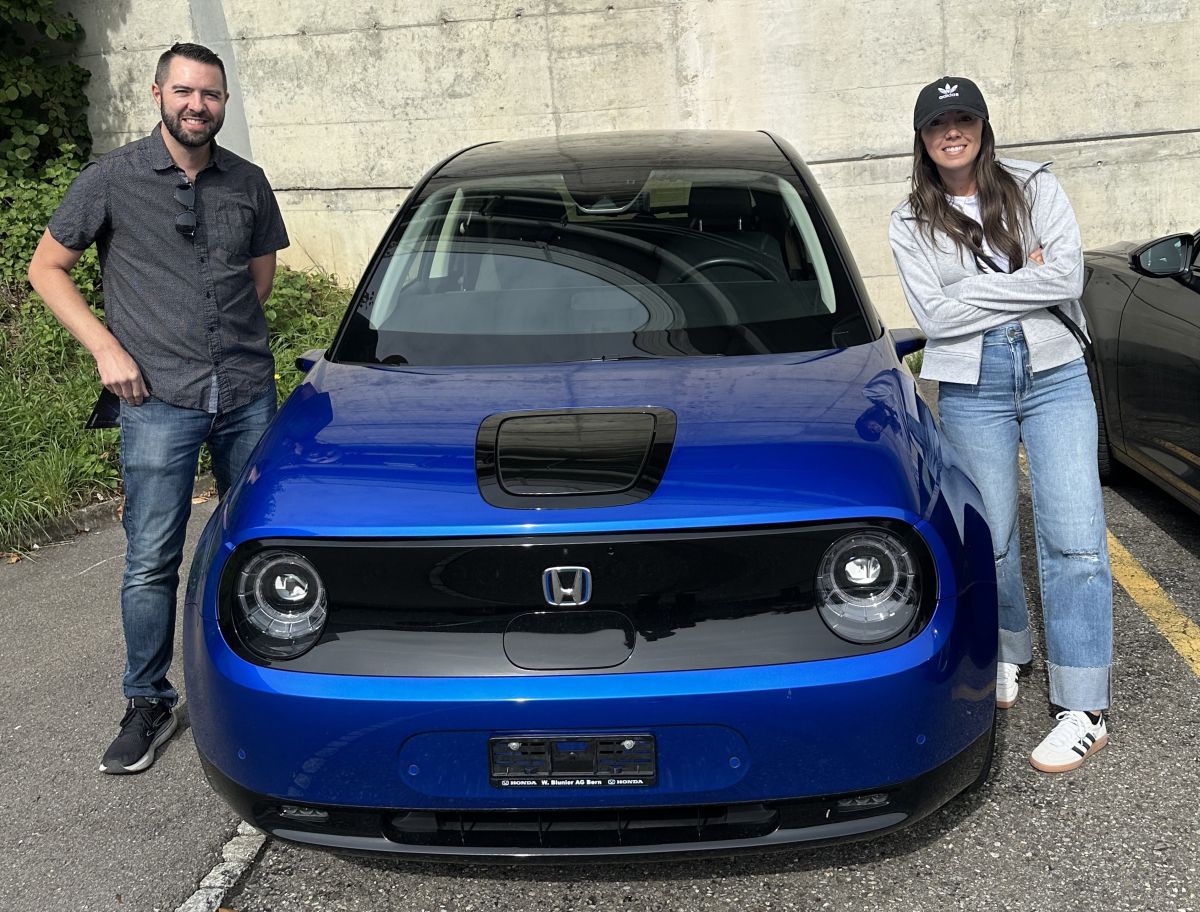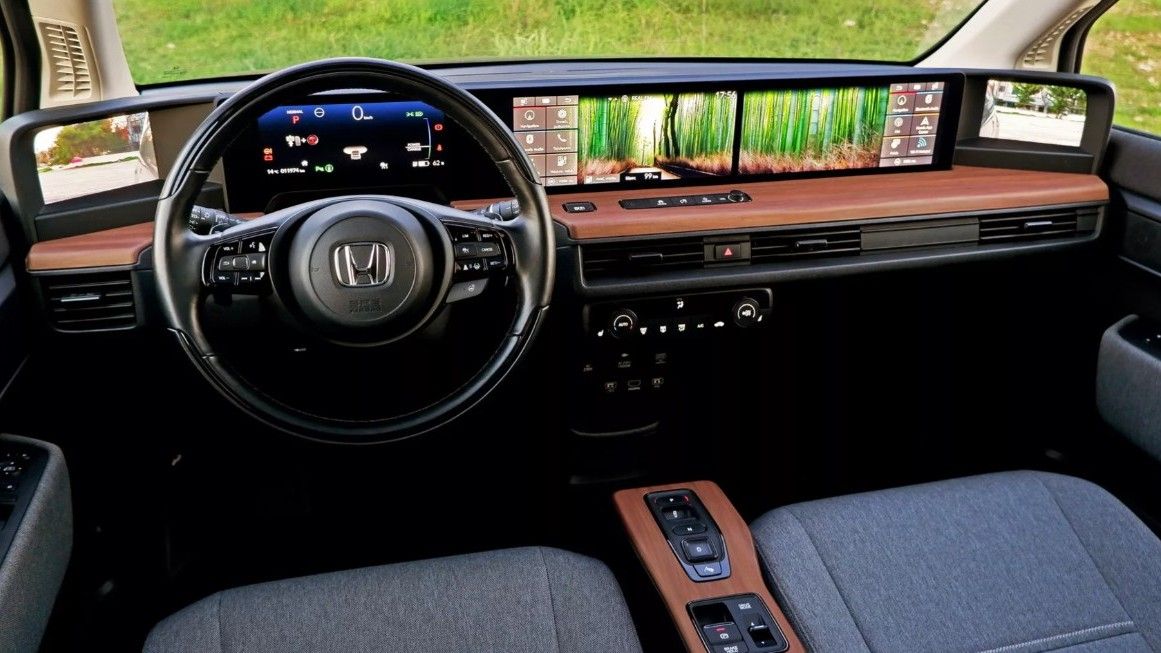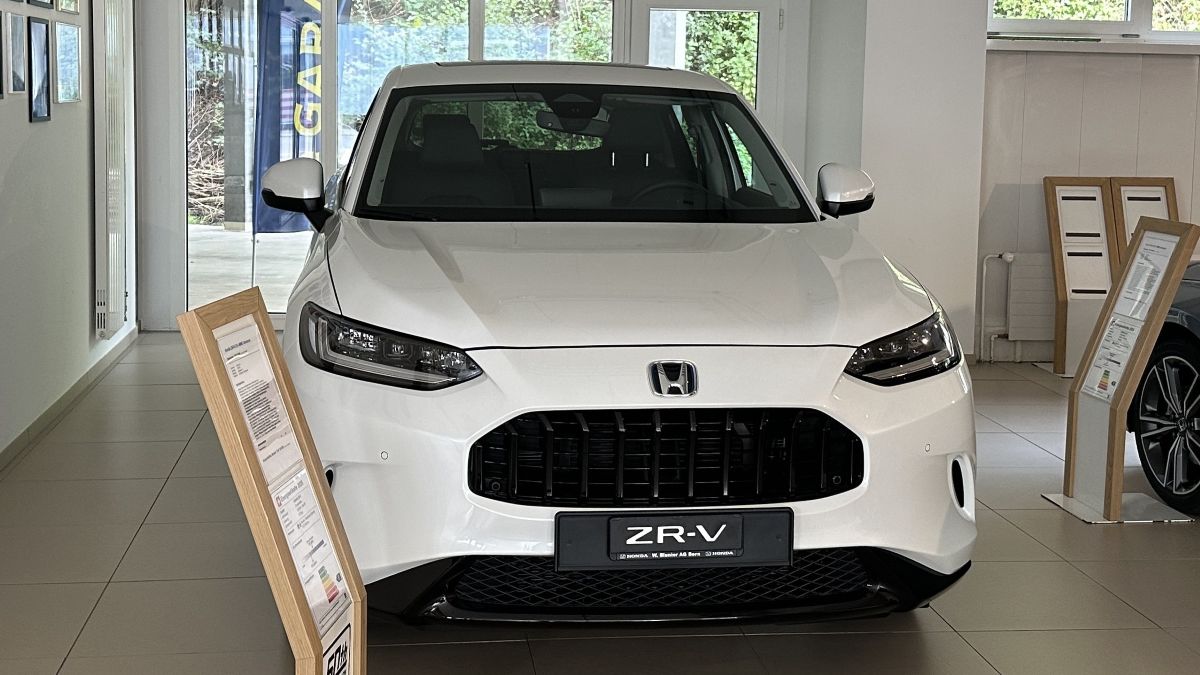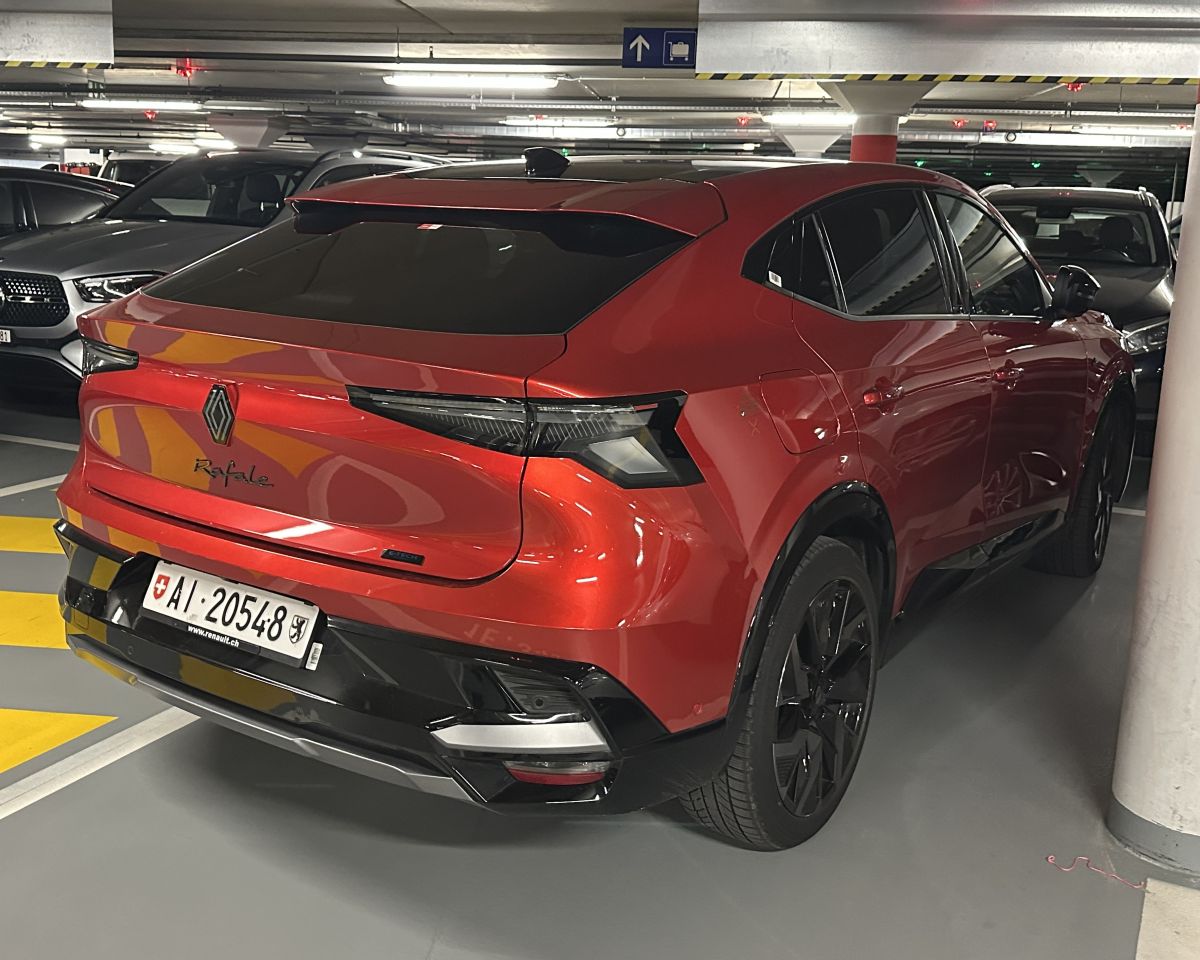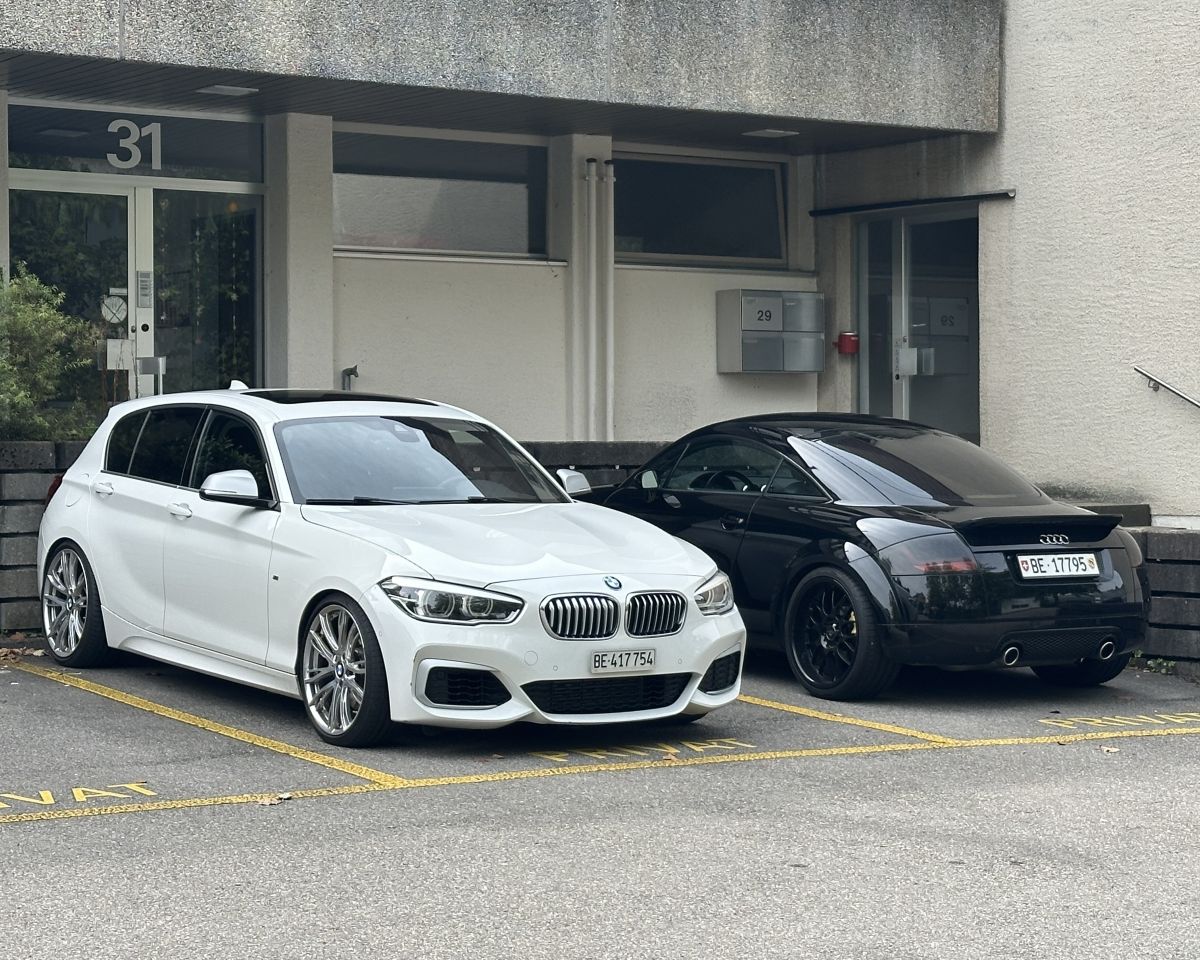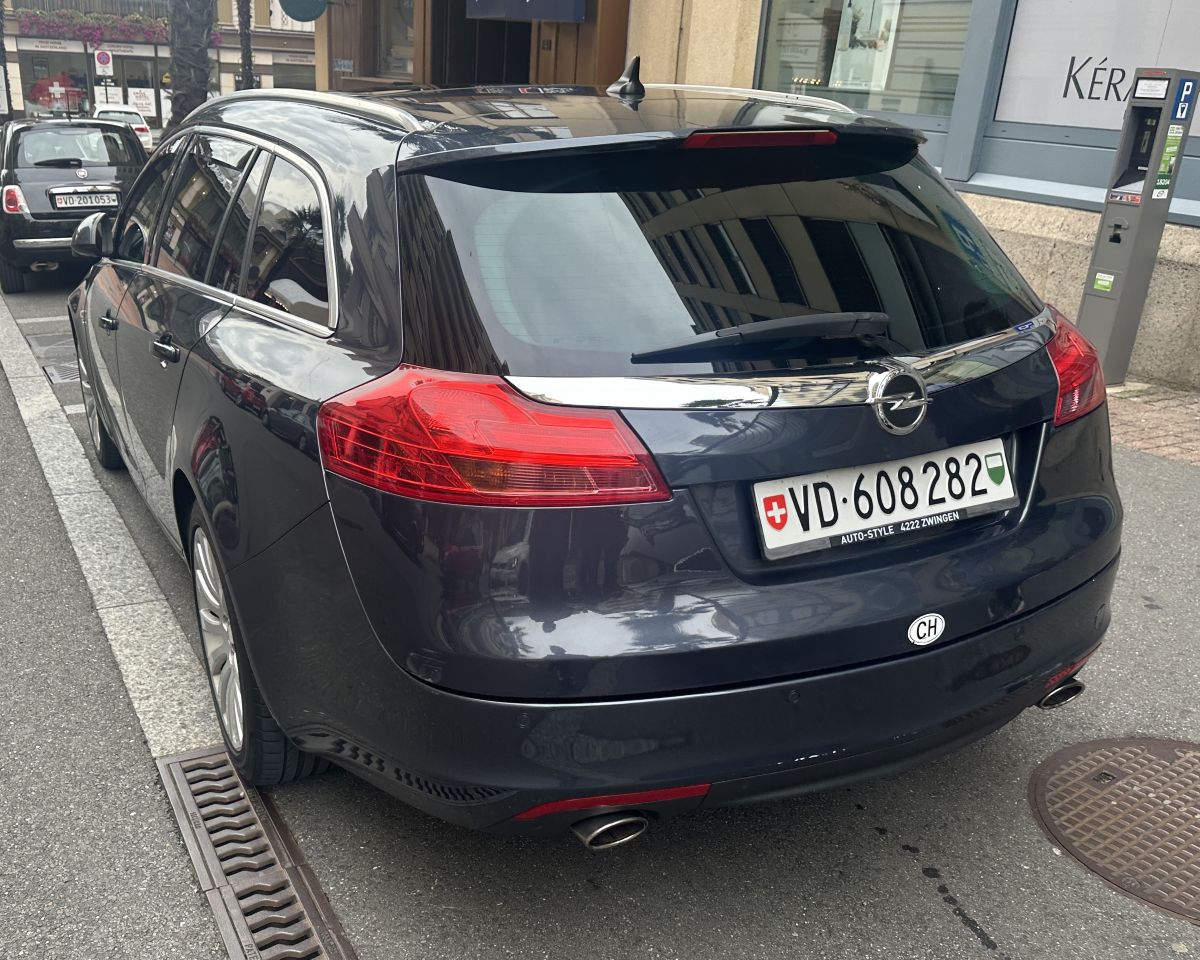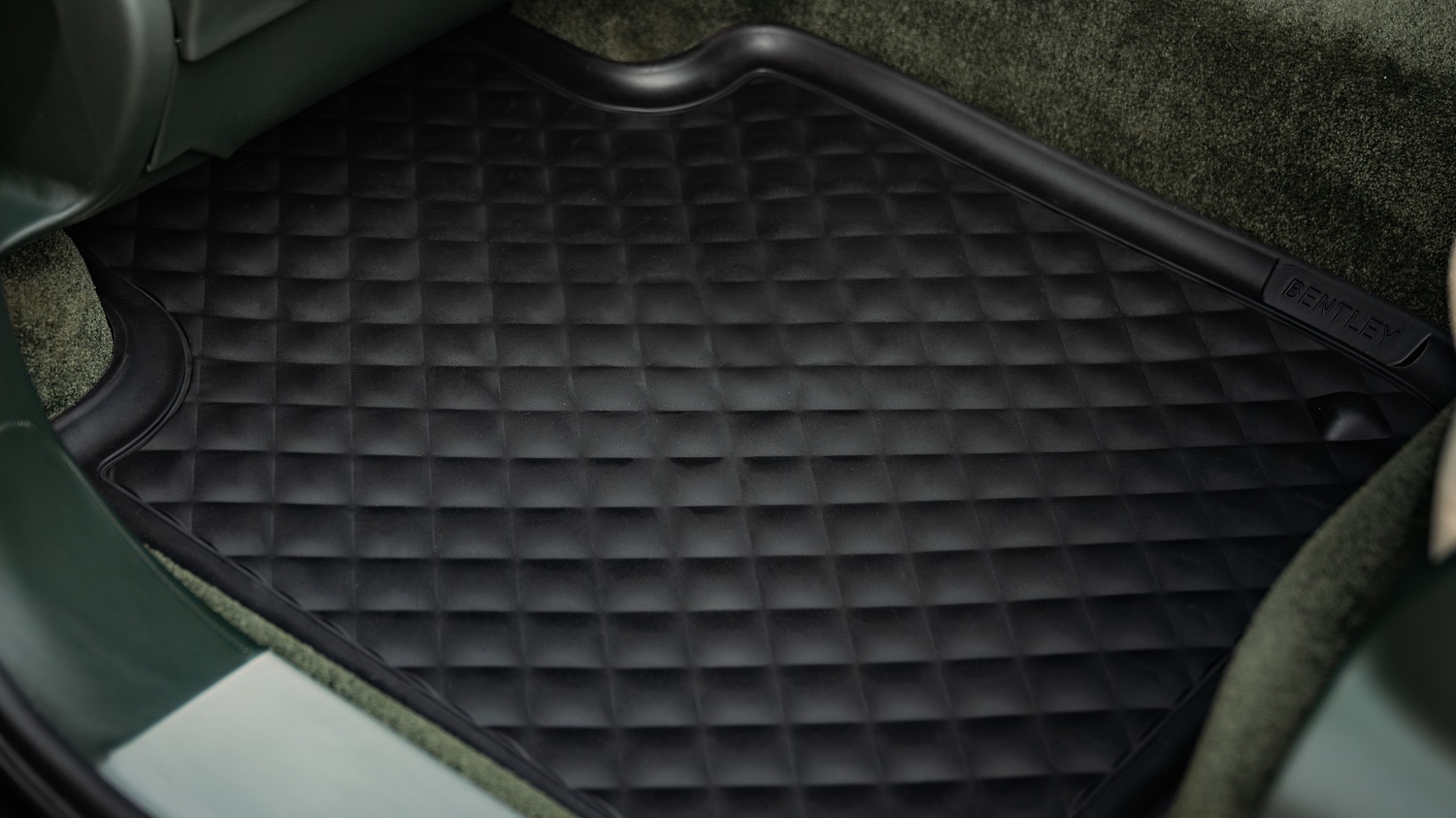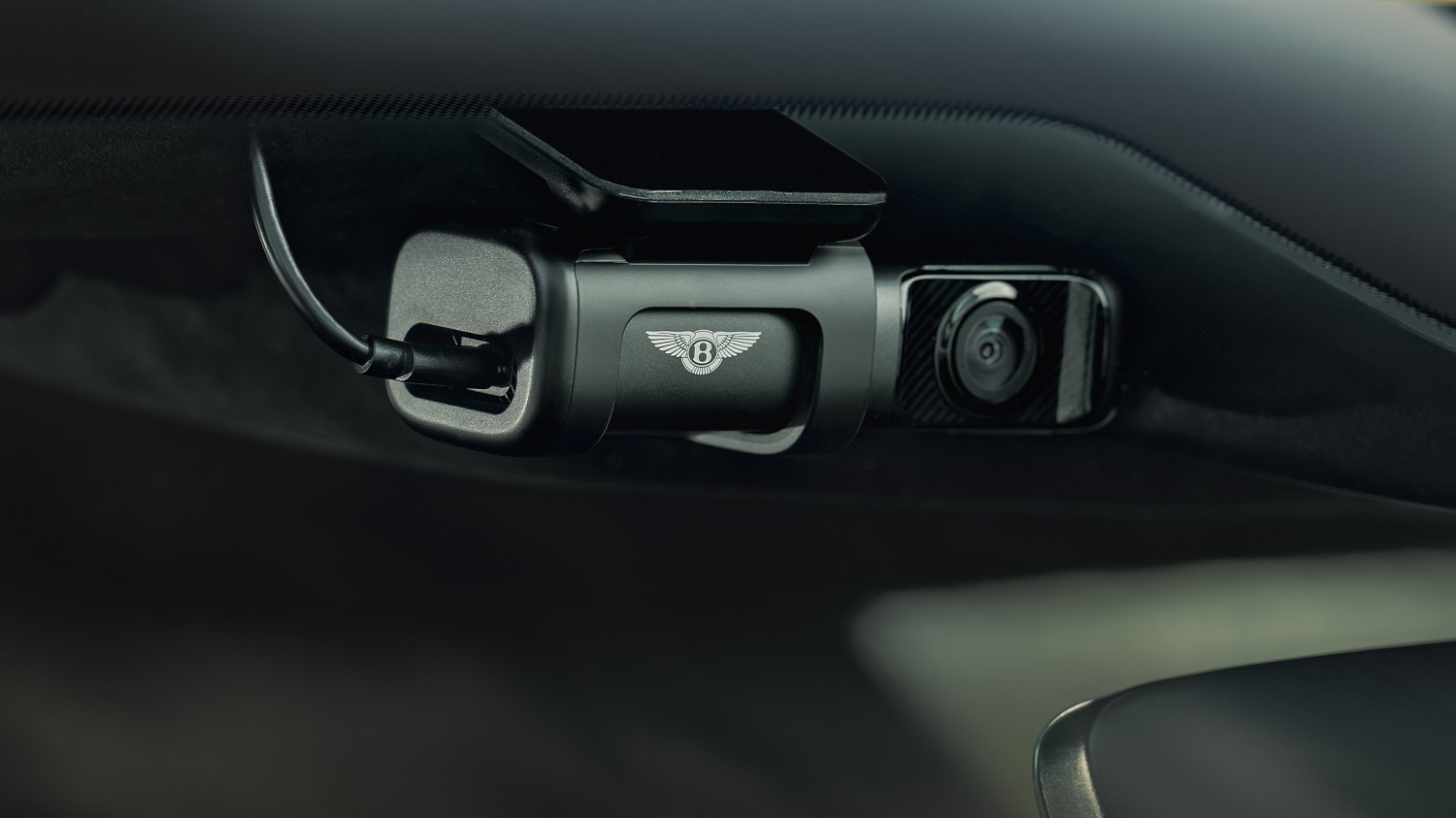There’s plenty of folklore surrounding NASCAR’s earliest drivers, as some were moonshine runners before turning pro. In the case of Middle Georgia Raceway, this worked in an inverse manner, as the track was a façade for a moonshine operation.
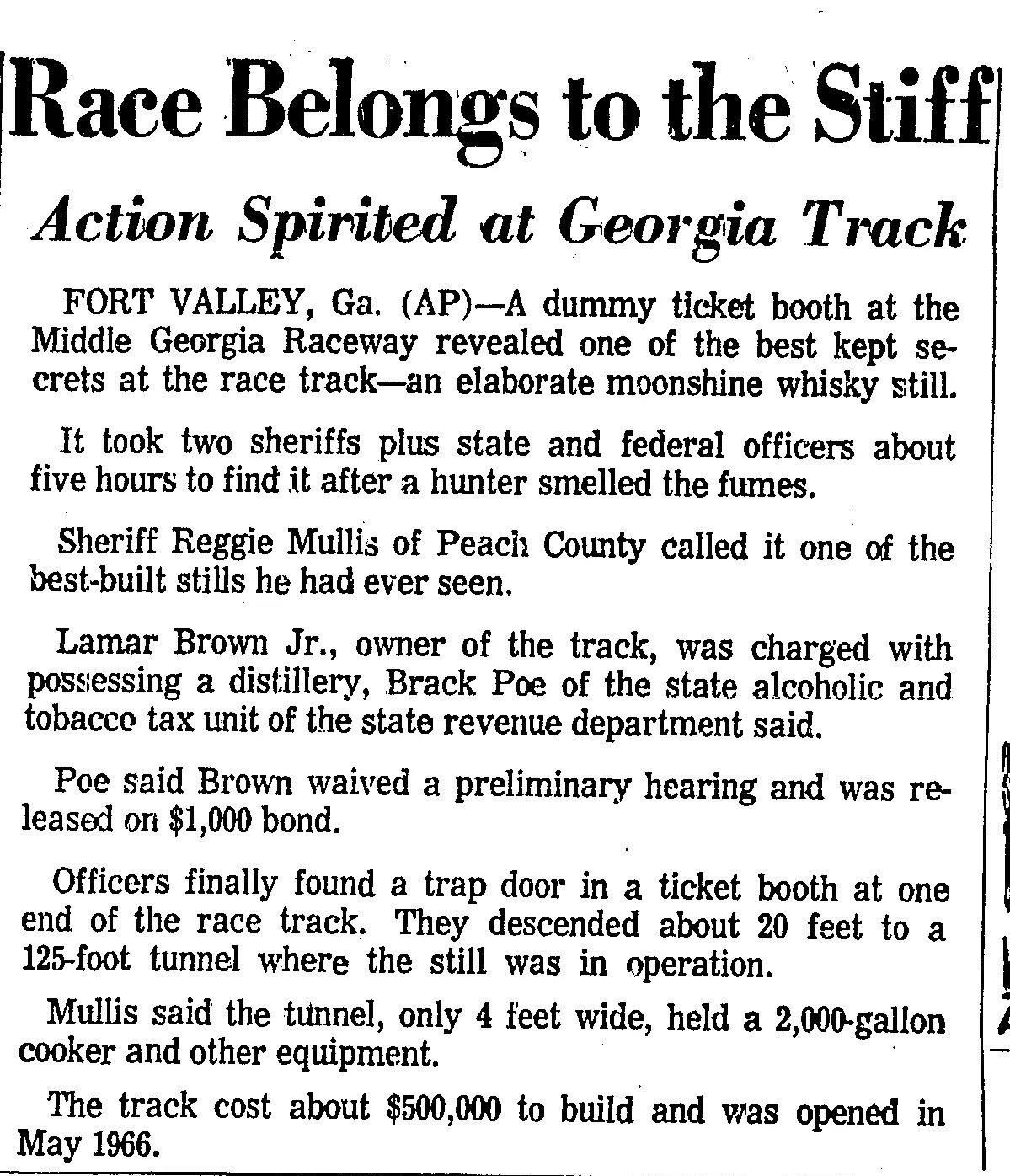
The half-mile paved track opened in May 1966 at a cost of $500,000. With a contemporary Pontiac Catalina convertible handling pace car duties, track activities kicked off with the Speedy Morelock 200, where Richard Petty drove his Hemi Plymouth 100 miles for the win. Through 1971, Middle Georgia Raceway hosted nine NASCAR Grand National races, with names like Bobby Allison, David Pearson, and Bobby Isaac congregating in the winner’s circle.

But sometime between those races—specifically September 23, 1967—federal agents converged on the racetrack and arrested Lamar Brown, Jr., the owner of Middle Georgia Raceway. It seems a hunter had picked up a strange scent and notified authorities, who proceeded to search for several hours before discovering a four-by-four trap door concealed by a dummy ticket booth. From there, a dirt passageway led 17 feet down to an underground chamber about 50 feet long and six feet wide. On the floor was a distillery consisting of two fermentation tanks, a gas-operated cooker, and electrical lighting, exhausts, and even insect-repelling devices. With a total capacity of 3,700 gallons of mash, the still was capable of producing an estimated 80 gallons of whiskey per day. The state and federal tax for that amount would have amounted to approximately $1,000 (about $9,700 today).

Brown denied knowledge of the still despite evidence showing he had purchased 24 pounds of yeast 10 days prior to the still’s discovery. He claimed the yeast was to make food for the concession stand. After deliberation, the jury returned with a not guilty verdict.

After 1971, the track hosted amateur races, special events, concerts, and seasonal Halloween attractions. It also served as a shooting location for TV shows and films, including the racing scenes in the Richard Pryor movie Greased Lightning. The Old Style Beer 200, an ARCA SuperCar Series race held at the track in 1984, was the final automotive event at Middle Georgia Raceway. The track permanently closed in 1986.
